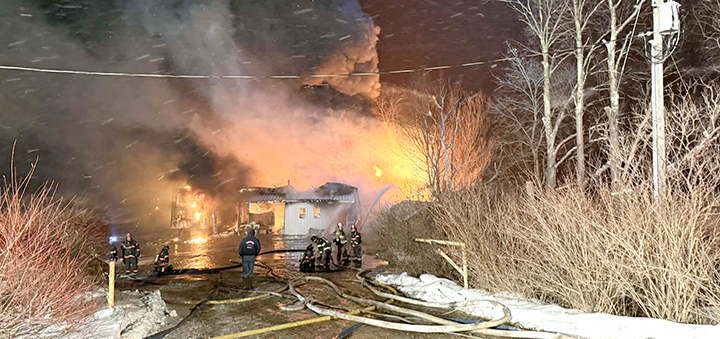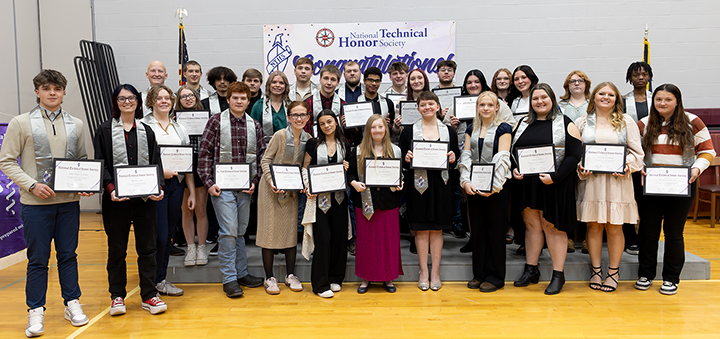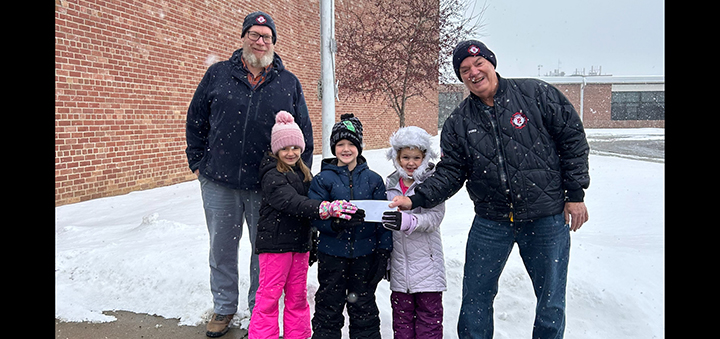County funded transportation assistance program coming in January
CHENANGO COUNTY – Employment transportation options and planning resources are coming to Chenango County beginning in January, and program officials said they’re planning on partnering with local nonprofits to make the biggest impact possible in the area.
The program is anticipated to begin in Chenango County on January 1, and according to Mobility Management of South Central New York (MMSCNY) Director Bill Wagner, the program isn’t about providing a low cost taxi ride, it will instead focus on creating a long term transportation plan for struggling citizens.
Wagner said he has been working closely with Chenango County’s Department of Planning and Development Director Shane Butler to help make the program a success.
“We’ve been working with Shane Butler and Chenango County’s planning committee on their recently passed transportation plan,” said Wagner. “We’re here to help figure out what is the most efficient and cost effective way to distribute resources throughout the county.”
Wagner said this program has been tested in Binghamton, garnering positive results that he hopes to bring to Chenango County.







Comments